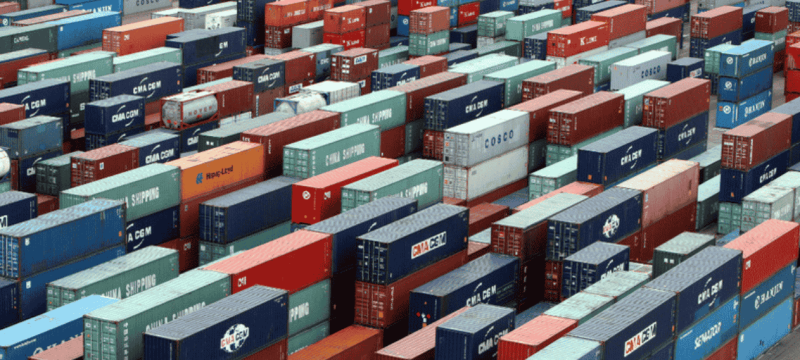Pakistan’s trade deficit widens in the first quarter of the current fiscal year, reflecting both rising imports and falling exports. According to the Pakistan Bureau of Statistics (PBS), the deficit surged by 32.92 percent, reaching $9.4 billion between July and September 2025. This compares to $7.05 billion recorded in the same period last year.
Exports dropped by 3.83 percent during the quarter, totaling $7.6 billion against $7.9 billion a year earlier. At the same time, imports rose by 13.5 percent to $16.975 billion, up from $14.95 billion in the previous year’s corresponding months. This growing imbalance highlights the pressure on the external sector.
On a monthly basis, the situation also worsened. PBS data showed that the trade deficit widened by 16.33 percent in September 2025, reaching $3.34 billion compared with $2.9 billion in August. Exports in September improved slightly by 3.64 percent, rising to $2.5 billion. However, imports grew faster, increasing by 10.53 percent to $5.8 billion during the same month.
Year-on-year figures also confirm this widening gap. The September 2025 trade deficit grew by 45.83 percent compared to September 2024. Exports fell by 11.71 percent, while imports rose by 14 percent during the same period.
Despite the widening gap, the Ministry of Finance projects that the external sector will stay relatively stable. The current account deficit is expected to remain manageable. Declining global commodity prices, steady remittances, and signs of export recovery may help ease future pressures.
In the first two months of FY2026, the current account posted a deficit of $624 million, higher than $430 million last year. Exports rose 10.2 percent to $5.3 billion, while imports increased 8.8 percent to $10.4 billion. Remittances provided strong support, rising by 7 percent to $6.4 billion, mainly from Saudi Arabia and the UAE.
Overall, the trade deficit widens due to persistent import growth, while weak exports remain a concern for economic planners.
In other news read more about: Pakistan’s Trade Deficit Surges 44% in July Amid Rising Imports







